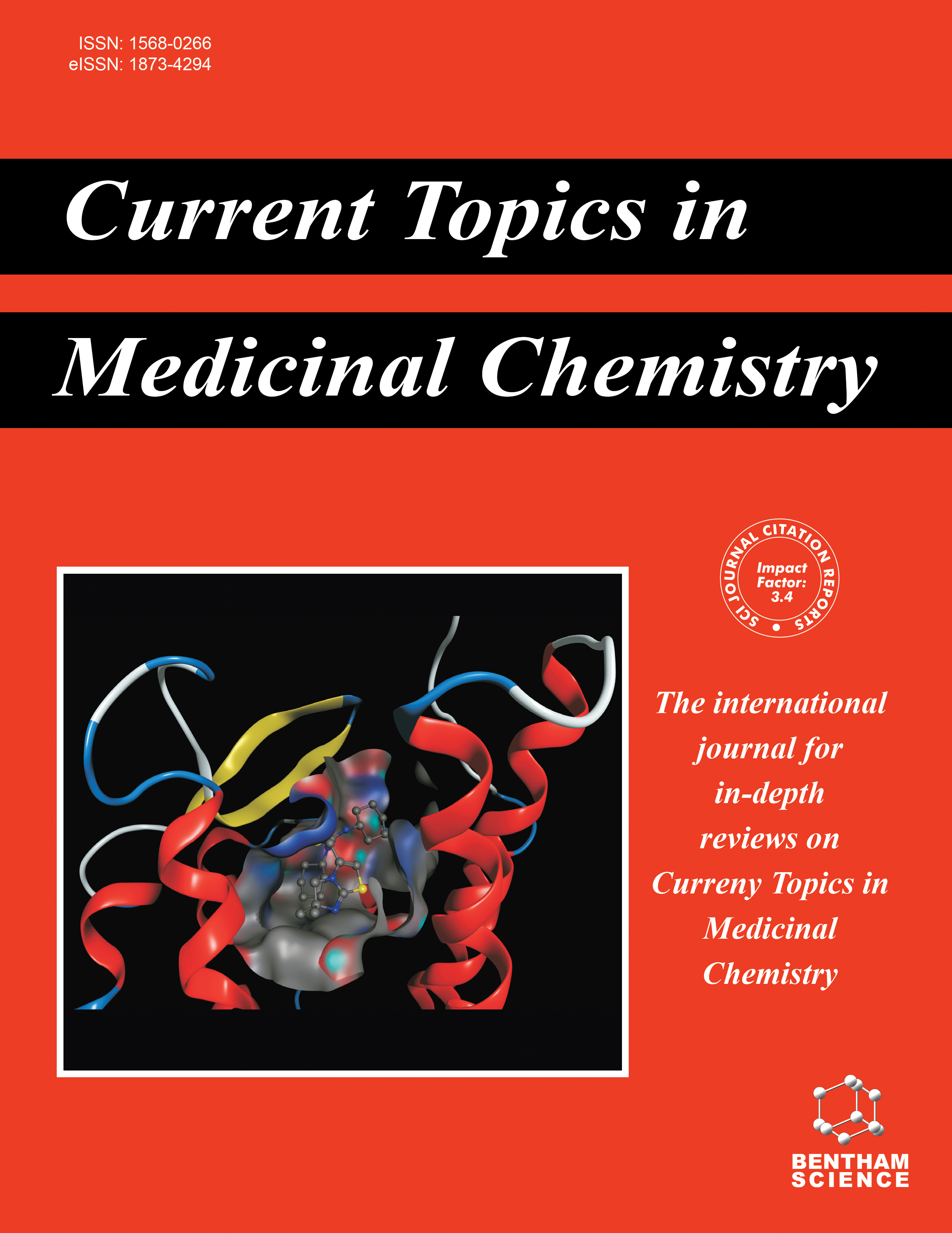-
s The Role of Microglia in Neurodevelopmental Disorders and their Therapeutics
- Source: Current Topics in Medicinal Chemistry, Volume 20, Issue 4, Feb 2020, p. 272 - 276
-
- 01 Feb 2020
Abstract
The development of new therapeutics is critically dependent on an understanding of the molecular pathways, the disruption of which results in neurological symptoms. Genetic and biomarker studies have highlighted immune signalling as a pathway that is impaired in patients with neurodevelopmental disorders (NDDs), and several studies on animal models of aberrant neurodevelopment have implicated microglia, the brain’s immune cells, in the pathology of these diseases. Despite the increasing awareness of the role of immune responses and inflammation in the pathophysiology of NDDs, the testing of new drugs rarely considers their effects in microglia. In this brief review, we present evidence of how the study of microglia can be critical for understanding the mechanisms of action of candidate drugs for NDDs and for increasing their therapeutic effect.


